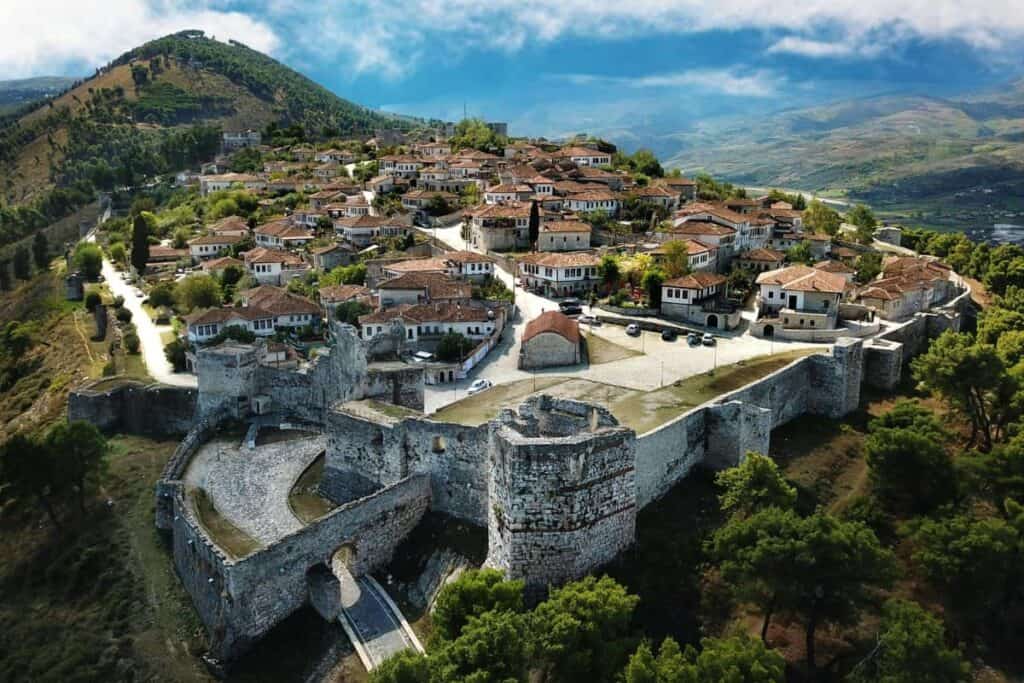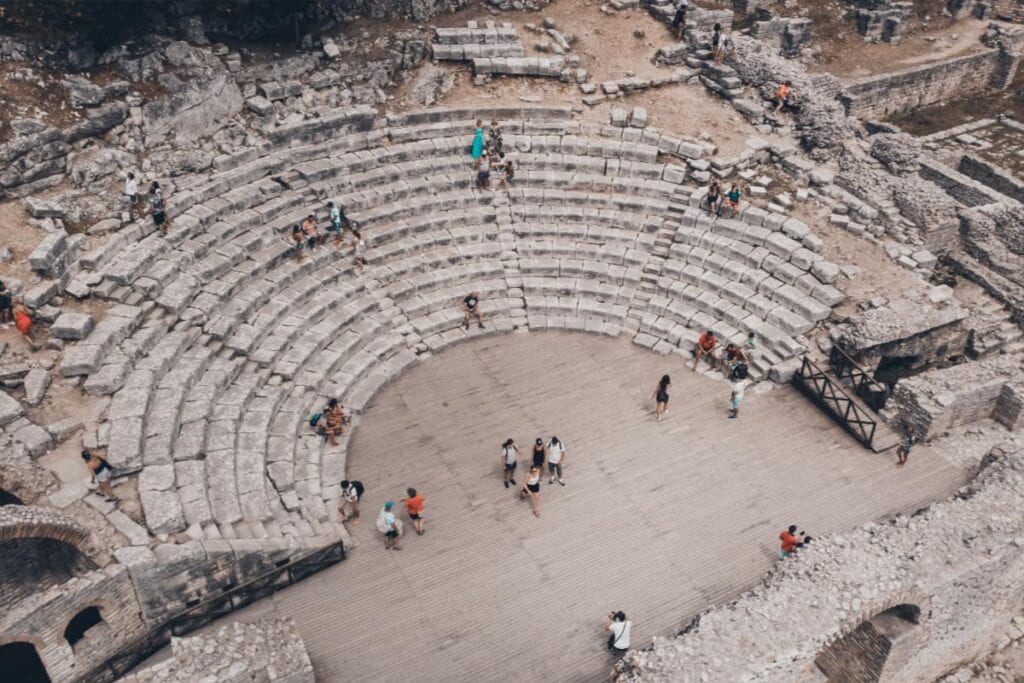Introduction
Albania’s traditions are a reflection of its rich history, diverse influences, and strong community values. From age-old wedding customs to unique folk practices, these traditions offer a glimpse into the heart of Albanian culture. This guide explores some of the most unique and lesser-known traditions in Albania, showcasing the country’s vibrant identity.
1. The Kanun and Besa: Codes of Honor
The Kanun of Lekë Dukagjini is an ancient Albanian code of laws that has influenced the country’s social structure for centuries. One of its core principles is besa, which translates to “word of honor” or “pledge.”
What It Represents:
- Besa is a sacred promise, often associated with hospitality and trust. Breaking a besa is seen as a grave dishonor.
- The Kanun governs aspects of daily life, including family, property, and conflict resolution.
Modern Context: While less practiced today, elements of the Kanun still influence rural communities and traditional ceremonies.
Why It’s Special: The emphasis on honor and trust underlines the deep sense of community in Albanian culture.
2. Shaking Hands Across Generations
In Albania, greeting traditions reflect respect and hierarchy. When meeting elders, it’s customary to shake hands with both hands, placing the left hand on top of the right.
Significance:
- This gesture shows deference and respect toward older individuals.
- Younger people often bow their heads slightly when greeting elders.
Why It’s Unique: This practice highlights the importance of family ties and respect for elders in Albanian society.
3. The Tradition of Gjini i Shtëpisë (Guardian Spirit of the Home)
In rural Albania, many families believe in Gjini i Shtëpisë, a guardian spirit or protective force that watches over their home.
What It Involves:
- Families leave small offerings, such as bread or wine, to honor the spirit.
- The tradition is tied to a blend of pagan beliefs and later Christian influences.
Why It’s Special: Gjini i Shtëpisë reflects Albania’s deep connection to its land and ancestors.
4. Xhubleta: The Traditional Highland Skirt
The xhubleta is a unique type of skirt traditionally worn by women in Northern Albania. Made from heavy wool, it features intricate embroidery and is shaped like a bell.
Cultural Importance:
- The patterns and colors on the xhubleta signify the wearer’s region and social status.
- It is often worn during special occasions, including weddings and festivals.
Why It’s Unique: The xhubleta is both a work of art and a symbol of regional identity, with designs dating back centuries.
Tip: See a xhubleta on display at the National Historical Museum in Tirana.
5. The Evening of Nadja (Bride’s Departure Night)
In Albanian weddings, the Evening of Nadja is a deeply emotional and symbolic event. It marks the bride’s departure from her family home.
What Happens:
- The bride says goodbye to her parents and siblings, often accompanied by traditional music and heartfelt speeches.
- She is escorted to her new home, sometimes by horse or decorated cars, depending on the region.
Why It’s Significant: This tradition emphasizes the importance of family ties and the bittersweet nature of starting a new chapter in life.
6. The Dance of Valle
Valle is a traditional Albanian dance performed during celebrations, including weddings, festivals, and religious holidays.
What to Expect:
- Dancers hold hands and form circles or lines, moving to the rhythm of traditional folk music.
- Each region has its own style of valle, with unique steps and patterns.
Why It’s Special: Valle is a vibrant expression of Albanian identity, connecting people through rhythm and movement.
Tip: Experience valle during a cultural festival in Gjirokastër or Tirana.
7. The Blessing of the Bread
Bread holds a sacred place in Albanian culture, symbolizing hospitality, community, and sustenance.
Tradition:
- Before sharing a meal, families often bless the bread with a brief prayer or gesture.
- Bread is never wasted; leftover pieces are carefully stored or given to animals.
Why It’s Unique: This tradition reflects Albania’s deep respect for food and the land that provides it.
8. Polyphonic Singing: A Musical Heritage
Recognized by UNESCO, polyphonic singing is a traditional form of music performed mainly in southern Albania.
Features:
- Two types of polyphony exist: the Tosk style, with harmonious layers, and the Laberia style, featuring a more rugged, dramatic sound.
- Often performed at weddings, funerals, and festivals, the songs tell stories of love, war, and daily life.
Why It’s Special: This ancient tradition is a living testament to Albania’s oral history and cultural creativity.
9. New Year’s Eve Traditions
In Albania, New Year’s Eve is a time for family gatherings, fireworks, and special rituals.
Key Elements:
- Families bake a special bread with a coin hidden inside; whoever finds the coin is said to have good fortune in the coming year.
- Houses are thoroughly cleaned to welcome the new year with a fresh start.
Why It’s Unique: The mix of modern festivities and traditional rituals makes New Year’s Eve in Albania particularly memorable.
Tips for Experiencing Albanian Traditions
- Engage Locally: Participate in festivals and events where traditions are practiced.
- Visit Museums: Learn more about traditions at cultural institutions like the Ethnographic Museum in Berat.
- Ask Questions: Albanians are proud of their heritage and happy to share stories about their customs.
Why Traditions Matter in Albania
Albanian traditions are more than just rituals—they’re a way of life that connects communities, preserves history, and celebrates identity. Experiencing these traditions offers travelers a deeper understanding of what makes Albania truly unique.
Conclusion
From the sacred code of besa to the artistry of polyphonic singing, Albania’s traditions are as diverse as its landscapes. Immerse yourself in these customs and discover the soul of this fascinating country.


